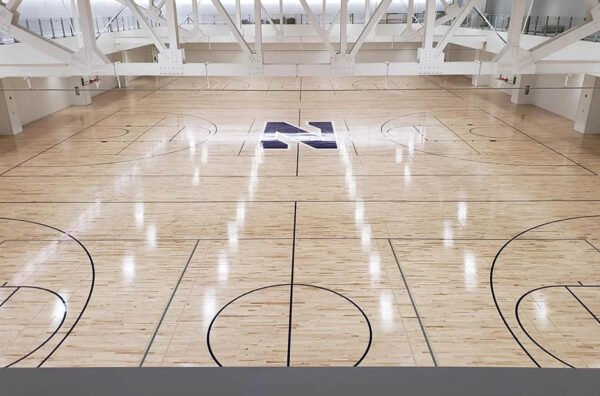Construction has long been dominated by materials like wood, steel, and concrete. Yet, in recent years, the industry has witnessed an evolution, with plastic sheets becoming an increasingly popular alternative. Not only do they offer a plethora of advantages, but they also underscore the innovation and adaptability of contemporary building practices.
Table of Contents
Why the Shift to Plastic Sheets?
The shift to plastic sheets in modern construction is not without good reason. They offer a combination of benefits that other conventional materials sometimes fail to deliver. The versatility, durability, and cost-effectiveness of plastic sheets make them an enticing choice for many architects and builders.
- Durability and Longevity: Unlike some traditional materials that are susceptible to rotting, corrosion or rust, plastic sheets stand the test of time. Their resilience to weather elements, moisture, and insects ensures that they remain in pristine condition for years.
- Flexibility and Adaptability: Plastic sheets can be moulded into various shapes and sizes, offering immense flexibility in design. This makes them suitable for a wide range of applications, from windows to roofing and even decorative elements.
- Lightweight Nature: Their lighter weight compared to materials like glass and metal allows for easier transportation, handling, and installation, potentially reducing overall construction time and labour costs.
Applications in Modern Construction
Plastic sheets are not limited to any particular use in construction. Their adaptability allows them to be used in numerous ways, showcasing their versatility.
- Roofing and Skylights: Polycarbonate sheets, a type of plastic, are commonly used in roofing and skylights. They provide an ideal balance between strength and light transmittance, making spaces brighter without compromising on security or durability.
- Windows and Panels: Acrylic sheets, often referred to as Perspex or Plexiglas, offer a lighter and often more cost-effective alternative to glass. Their high clarity and resistance to UV radiation make them perfect for windows, partitions, and even greenhouse panels.
- Decorative Elements: Plastic sheets come in a variety of colours and finishes. Whether matte, glossy, transparent, or opaque, they can be employed to elevate the aesthetic appeal of any construction project.
- Sound Barriers: Especially in urban environments, noise pollution can be a concern. Plastic sheets, when used as sound barriers, can significantly diminish the penetration of unwanted sounds, creating quieter living and working spaces.
Eco-Friendly and Sustainable Choices
In an age where sustainability is at the forefront, many might question the environmental impact of using plastics in construction. However, companies like Simply Plastics are leading the way in producing high-quality plastic sheets that are both durable and recyclable.
By choosing the right type of plastic and adhering to sustainable practices, plastic sheets can indeed be an eco-friendly choice.
Furthermore, the longevity of plastic sheets means fewer replacements and repairs, leading to reduced waste in the long run. Coupled with the potential for recycling, their environmental footprint can be significantly minimised.
Challenges and Considerations
Like all materials, plastic sheets have their challenges. It’s essential to be mindful of their limitations, such as sensitivity to certain chemicals or their lower melting point compared to metals. However, with the right knowledge and application, these challenges can easily be mitigated.
Furthermore, while plastic sheets offer cost savings in many areas, initial costs might sometimes be higher than traditional materials. Yet, when considering their durability, longevity, and reduced maintenance costs, the overall financial benefits become evident.
Conclusion
The versatility of plastic sheets in modern construction is undeniable. From roofing to decorative elements, they have proven their worth as a reliable and innovative choice. With companies like Simply Plastics championing sustainable practices, the future of plastic sheets in construction seems both promising and green.
As with any material, the key lies in understanding its properties, benefits, and potential challenges, ensuring its optimal use in building our world.





